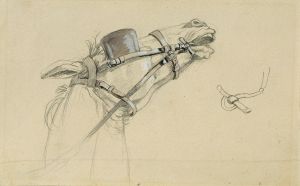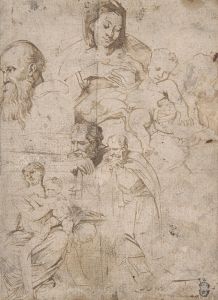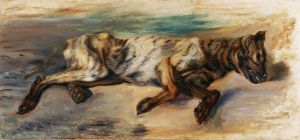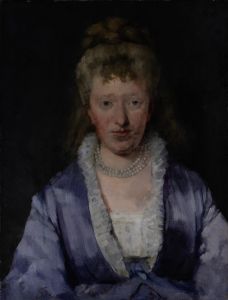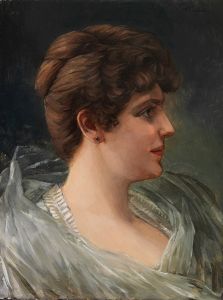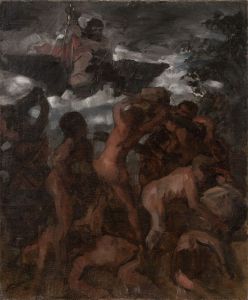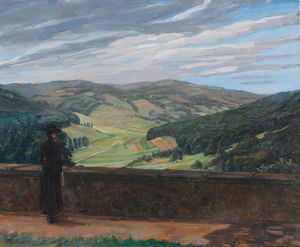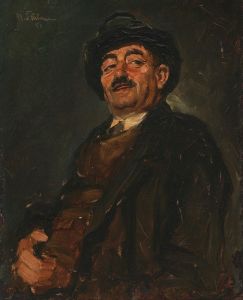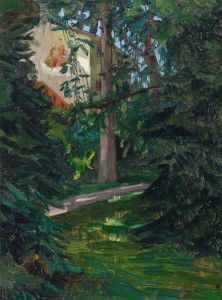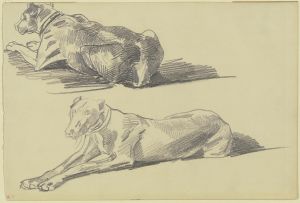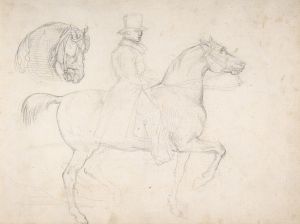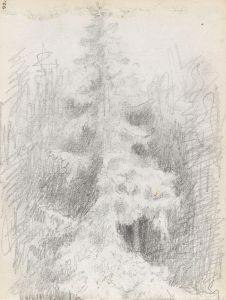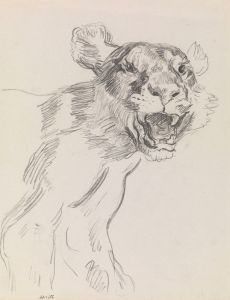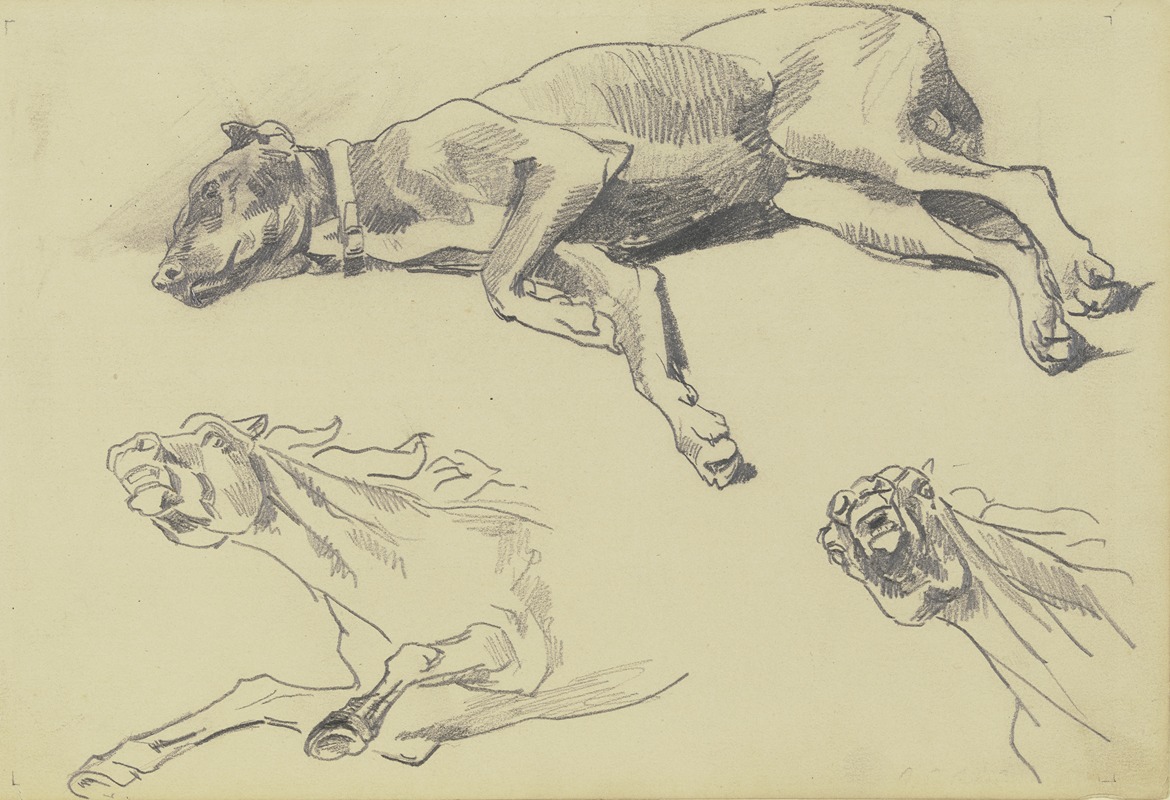
Studienblatt; Die Dogge Cäsar, auf der Seite liegend nach links, schlafend; darunter zwei Pferdestudien in starker Untersicht
A hand-painted replica of Wilhelm Trübner’s masterpiece Studienblatt; Die Dogge Cäsar, auf der Seite liegend nach links, schlafend; darunter zwei Pferdestudien in starker Untersicht, meticulously crafted by professional artists to capture the true essence of the original. Each piece is created with museum-quality canvas and rare mineral pigments, carefully painted by experienced artists with delicate brushstrokes and rich, layered colors to perfectly recreate the texture of the original artwork. Unlike machine-printed reproductions, this hand-painted version brings the painting to life, infused with the artist’s emotions and skill in every stroke. Whether for personal collection or home decoration, it instantly elevates the artistic atmosphere of any space.
Wilhelm Trübner was a prominent German painter associated with the Realist movement in the late 19th and early 20th centuries. He was known for his detailed and realistic portrayals of everyday subjects, often capturing the essence of his subjects with a keen eye for detail and composition. One of his works, "Studienblatt; Die Dogge Cäsar, auf der Seite liegend nach links, schlafend; darunter zwei Pferdestudien in starker Untersicht," exemplifies his skill in animal studies and his ability to convey the character and form of his subjects.
This particular piece, translated as "Study Sheet; The Great Dane Caesar, Lying on His Side to the Left, Sleeping; Below Two Horse Studies in Strong Foreshortening," showcases Trübner's interest in animal anatomy and his proficiency in capturing the nuances of animal forms. The artwork is a study sheet, which suggests that it was likely used by Trübner as a means of exploring and understanding the physical characteristics of the animals depicted. Such study sheets were common among artists of the time, serving as a tool for honing their skills and experimenting with different techniques.
The central focus of the piece is the depiction of a Great Dane named Caesar, shown lying on his side, asleep. Trübner's attention to detail is evident in the way he captures the dog's relaxed posture and the gentle rise and fall of its body as it breathes. The rendering of Caesar is both realistic and intimate, reflecting Trübner's ability to convey the personality and presence of his subjects.
Below the image of Caesar, Trübner includes two studies of horses, depicted in strong foreshortening. This technique, which involves depicting an object or figure in a way that creates the illusion of depth and perspective, demonstrates Trübner's skill in rendering complex compositions. The horses are shown from a low angle, emphasizing their powerful forms and dynamic presence. This choice of perspective adds a sense of immediacy and movement to the studies, highlighting Trübner's understanding of equine anatomy and his ability to convey the strength and grace of these animals.
Trübner's work is characterized by its meticulous attention to detail and its focus on the natural world. His studies of animals, such as those seen in this piece, reflect his dedication to capturing the essence of his subjects with precision and care. The combination of the sleeping Great Dane and the dynamic horse studies creates a compelling contrast, showcasing Trübner's versatility as an artist and his ability to convey both tranquility and energy within a single composition.
Overall, "Studienblatt; Die Dogge Cäsar, auf der Seite liegend nach links, schlafend; darunter zwei Pferdestudien in starker Untersicht" is a testament to Wilhelm Trübner's skill as a realist painter and his deep appreciation for the natural world. Through his careful study of animal forms and his mastery of composition, Trübner has created a work that continues to resonate with viewers, offering a glimpse into the artist's process and his enduring fascination with the beauty of the animal kingdom.






